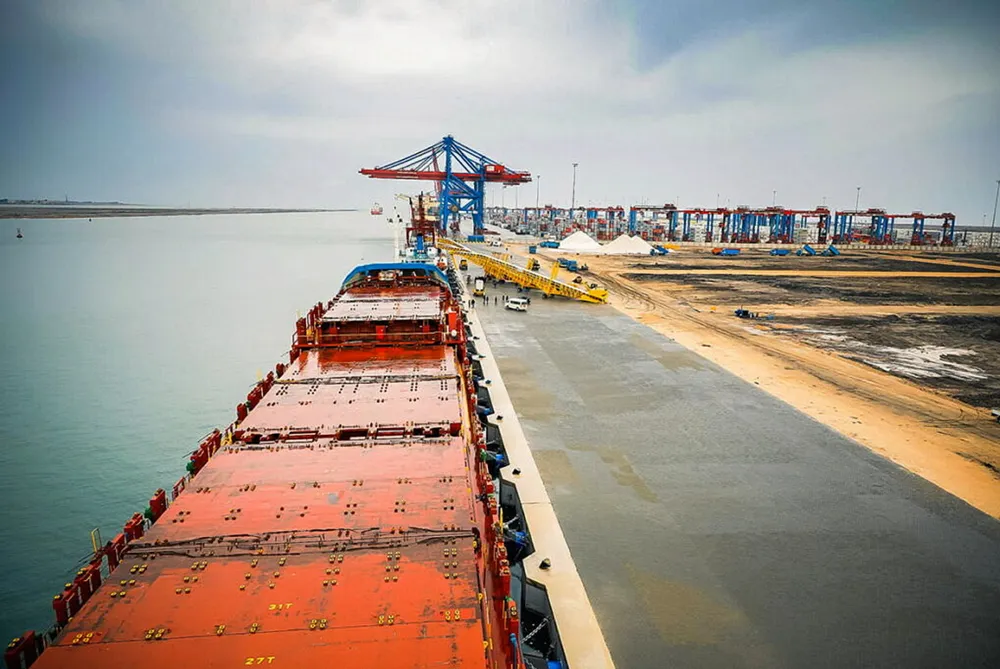ANALYSIS | Europe courts green hydrogen supply from North Africa, but when can the region deliver?
Uncertainty around demand and a lack of strong incentives seems to be holding back final investment decisions, writes Polly Martin ahead of the World Hydrogen MENA conference
